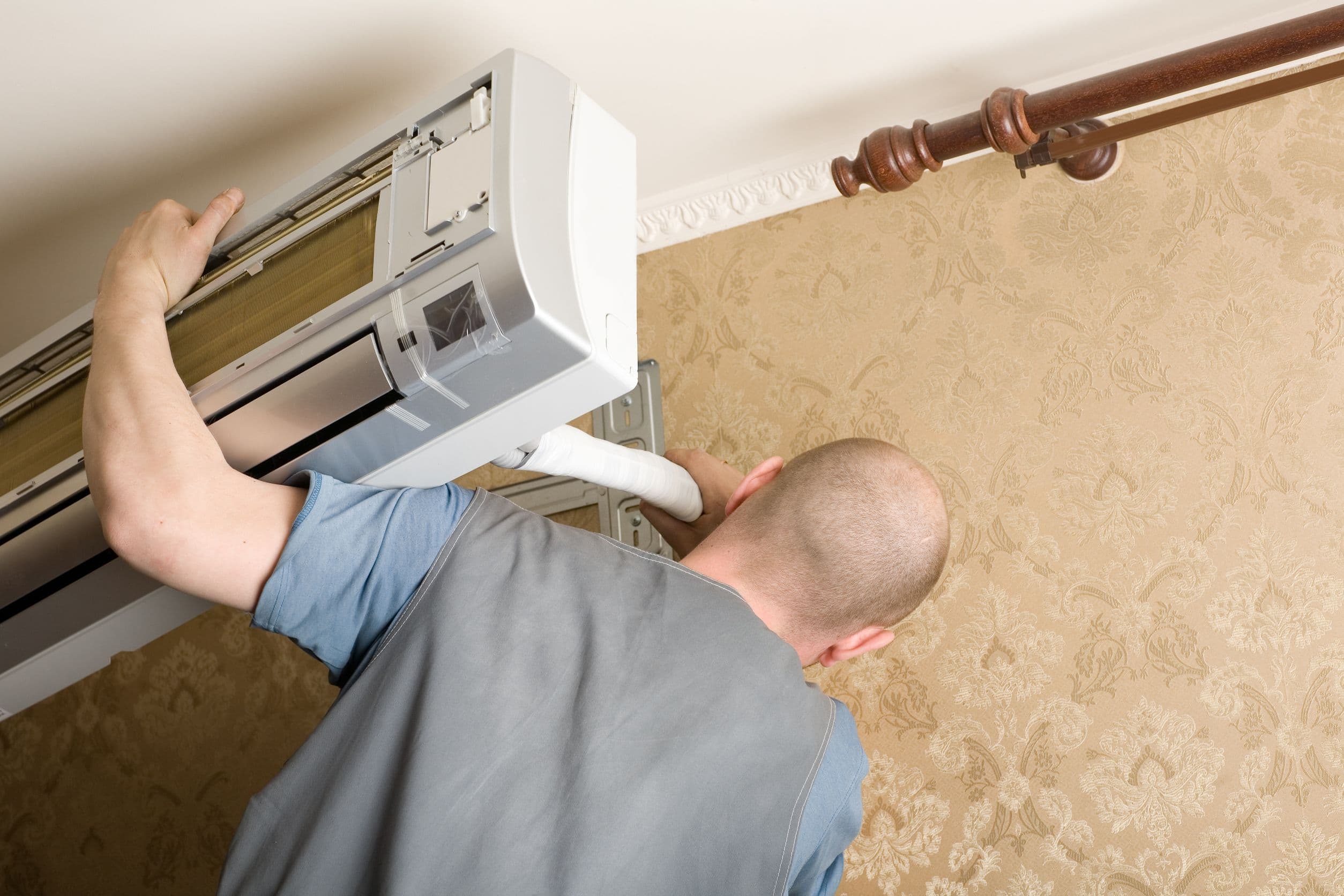Mini split air conditioning systems are changing the way homeowners think about cooling. Whether you want more control over your indoor climate or are tired of high utility bills, these ductless systems offer an energy-smart solution. This guide breaks down everything you need to know about costs—from equipment to labor—so you can budget wisely and stay cool.
What Makes Mini Split AC Systems Different?
Mini split AC systems are a great alternative to traditional central air units. Instead of relying on bulky ductwork, they consist of an outdoor compressor and one or more indoor air handlers. These systems let you cool one room or several, depending on the setup you choose.
If you’re looking through a mini split system price guide, you’ll notice a wide range in cost. That’s because pricing depends heavily on how many zones (rooms) you want to cool and the power needed for each unit. A single-zone unit is perfect for a home office or guest room, while a multi-zone setup can serve your entire house.
What Does Installation Typically Cost?
Installation prices vary, but knowing the average costs by system type helps set realistic expectations:
- Single-zone system: $2,000 to $4,000
- Multi-zone system (2–4 rooms): $4,000 to $8,000
- High-end or large-scale system: $8,000 to $12,000+
Your mini split installation cost can rise depending on factors like electrical needs and the complexity of the job. Some homes may require circuit upgrades or special mounting, which adds to the final price.
What Affects the Final Price Tag?
Several key elements influence how much you’ll pay:
- How many rooms you’re cooling: Each indoor unit adds to the total.
- Size of each unit (BTUs): Larger spaces need more powerful—and more expensive—systems.
- Installation type: Wall-mounted units are the most budget-friendly. Recessed or ceiling-mounted types cost more.
- Your home’s layout: Thick walls or tricky room shapes can make installation harder and more expensive.
- Electrical updates: Older homes may need panel upgrades or dedicated circuits for safe operation.
When reviewing ductless AC installation pricing, always ask what’s included in your quote—some estimates leave out parts and labor.
Understanding Labor Costs
Labor plays a big role in your overall budget. Depending on the setup, labor costs typically range from $500 to $2,000. Some contractors charge by the hour, while others price by the job.
A basic installation might only take a day. But if you’re adding several indoor units or dealing with hard-to-reach spaces, expect the project to take longer. If you want a clear idea of your labor cost for mini split installation, ask for a written estimate that breaks down hours and services.
Don’t Forget Parts and Accessories
Beyond the indoor and outdoor units, there are several components that keep everything running smoothly:
- Line sets (copper pipes): $100 to $300 each
- Mounting brackets or pads: $50 to $200
- Electrical wiring and breakers: $200 to $800
- Drain tubing and insulation materials
While these items may seem minor, they add up fast—especially in larger systems. That’s why calculating the mini split cost per room can help you avoid surprise charges when planning your project.
Is It Really Worth It?
This question comes up a lot—and the answer depends on your needs. If your home doesn’t have existing ducts or you only want to cool a few rooms, a mini split offers great value. They’re quiet, compact, and allow you to control each space individually.
If you’re comparing mini split vs central AC cost, mini splits tend to be cheaper for smaller or older homes that would require costly duct installation. While central AC may be more efficient for large open floor plans, it lacks the room-by-room control that many homeowners appreciate.
How Mini Splits Save You Money Long-Term
Mini split systems are known for being energy-efficient. Instead of cooling the whole house all the time, you can turn off units in unused rooms—saving power and reducing your monthly bills.
Many models are also ENERGY STAR certified and feature inverter technology, which adjusts compressor speed based on room temperature. This smooth operation avoids the energy spikes common with older systems. The energy savings with mini split units often make up for the initial investment within a few years.
A Closer Look at Return on Investment
Besides energy savings, there are other long-term benefits:
- Fewer repairs: No ducts means fewer issues like leaks or mold buildup.
- Lower maintenance: Mini splits are easier to clean and service.
- Improved comfort: Precise temperature control in every room.
Whether you’re cooling a garage, attic, or new addition, these systems deliver both convenience and savings. Think of it as a comfort upgrade that pays for itself over time.
Final Thoughts
Installing a mini split AC system might seem like a big investment, but it’s one that many homeowners find worthwhile. From personalized comfort to monthly energy savings, the benefits are hard to ignore. Understanding all the cost factors—system type, labor, accessories—helps you plan a project that fits your home and budget.
If you’re ready to explore your options, the team at Go Green Heating and Cooling makes the process easy. They offer professional guidance, quality installation, and friendly service to make sure your new system runs smoothly from day one.


Related Stories
The Cost Breakdown of Installing a Mini Split AC System
Mini split air conditioning systems are changing the way homeowners think about cooling. Whether you
May
Why Regular Chimney Cleaning Could Save Your Home—and Your Wallet
Nothing says comfort like a warm fire on a chilly night—but what’s going on inside
May
Should Ductwork Be Replaced After 20 Years?
When your HVAC system works hard to keep you comfortable, your air ducts play a
May
Why Dryer Vent Cleaning is Essential for Fire Prevention
Dryer vent cleaning isn’t just about keeping your appliance running better—it’s one of the simplest
May